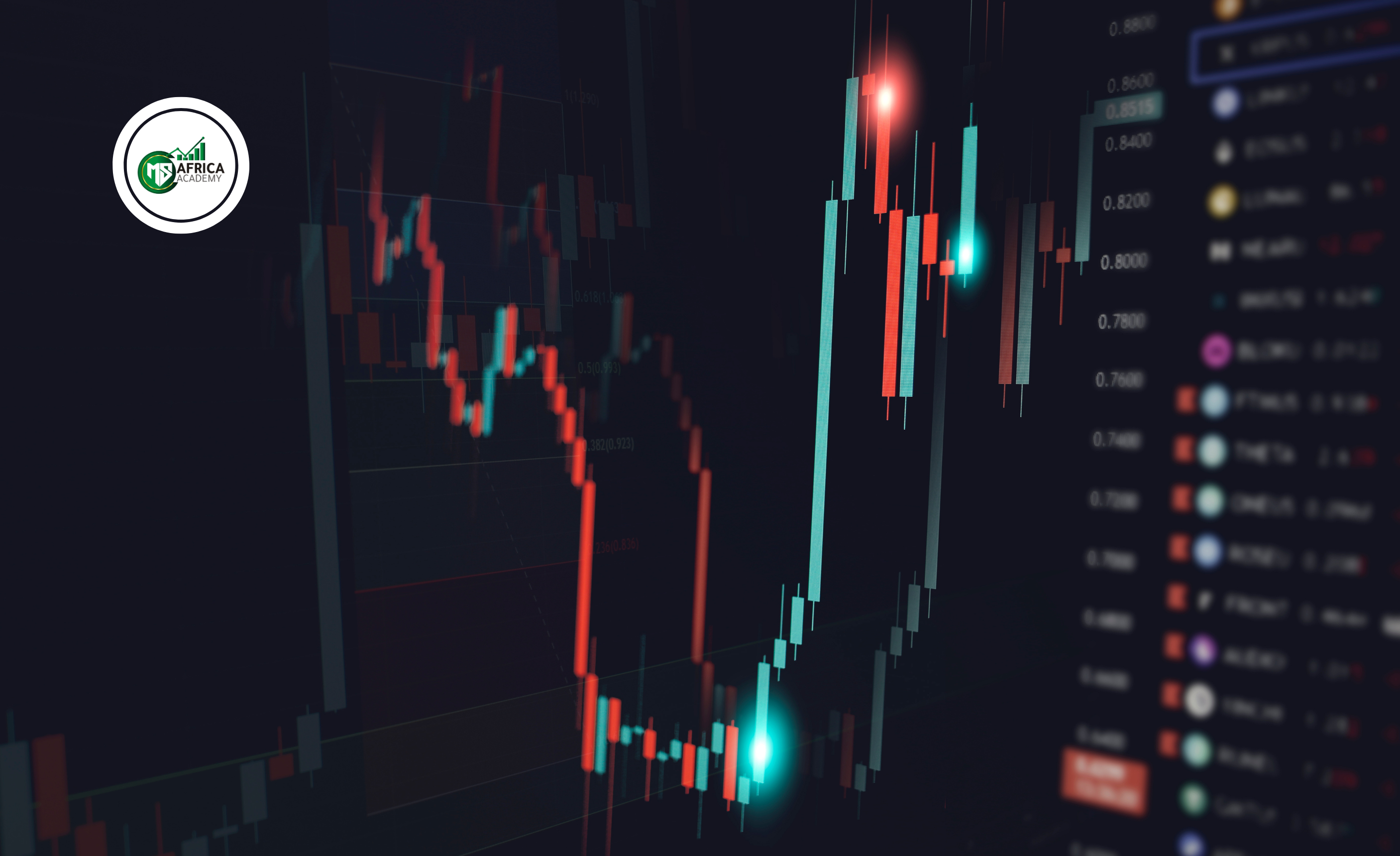“Markets are never wrong, opinions often are.” – Jesse Livermore
In forex trading, much attention is given to trending markets. Breakouts, momentum, and sharp directional moves often dominate the conversation. However, what many traders overlook is that markets do not trend all the time. In fact, a significant portion of trading activity happens within consolidating or “ranging” market conditions.
These are periods where price moves sideways, staying within a horizontal channel, neither forming higher highs nor lower lows. Although often misunderstood or seen as “boring”, consolidating markets can present consistent, lower-risk trading opportunities, if you know how to spot them and use the right strategies.
This article will walk you through:
- What a consolidating (or ranging) market actually is,
- Why these conditions occur,
- The specific benefits of trading within them,
- How to identify high-probability setups, and
- Risk management techniques best suited for ranging market conditions.
What is a Consolidating or Ranging Market?
A consolidating market is a market that lacks a clear directional trend. Price typically bounces between a defined support level (where buyers enter) and a resistance level (where sellers emerge). These levels form a “range” or “channel” where price remains for an extended period.
This can happen on any timeframe (daily, four-hour, or even minute charts). During these periods, the market is essentially in a pause mode, awaiting a catalyst (such as economic news or a central bank announcement) that could push it into a trend.
Common characteristics of consolidating markets:
- Repeated rejection at key support and resistance levels.
- Decreasing volume.
- Price staying within horizontal zones for extended periods.
- Indicators like RSI hovering around the 50 line.
Why Do Consolidating Markets Occur?
Understanding the reason behind market consolidation can improve your timing and strategy.
Here are the most common causes:
Uncertainty or Lack of News: When traders are waiting for major announcements (e.g., interest rate decisions, Non-Farm Payrolls), the market tends to stall.
Profit Taking After a Strong Move: After a trending phase, markets often consolidate as traders lock in profits and institutions reposition.
Balance Between Supply and Demand: At times, buyers and sellers are evenly matched, leading to price stagnation.
These pauses are not random they are part of the natural rhythm of the market.

The Advantages of Trading in Ranging Markets
Contrary to popular belief, ranging markets offer several advantages for traders who know what they are doing:
1. Clarity of Entry and Exit Points
Support and resistance levels in a range are often clearly defined, allowing traders to plan entries and exits with precision. This reduces ambiguity and emotional decision-making.
2. Lower Risk Trading Environment
Because the price moves within a confined area, stop losses can be placed more tightly—often just above or below the range boundaries. This means lower risk per trade compared to high-volatility trending setups.
3. High Win Rate Potential
Range trading, when done correctly, can offer a higher win rate since the price bounces repeatedly between levels. With the right timing and discipline, traders can capture multiple smaller moves instead of waiting for a long trend to develop.
4. Good for Building Discipline
Range trading rewards patience and discipline—two of the most essential traits for long-term success in forex. Since it discourages impulsive entries, it encourages traders to stick to plans and rules.
How to Trade Ranging Markets Effectively
Step 1: Identify the Range
The first step is spotting a true consolidation. Use a combination of the following:
Draw horizontal lines at repeated highs and lows.
Confirm with at least 2 or 3 touches at each level.
Use oscillators like RSI or Stochastic to check for sideways momentum.
Check volume, decreasing volume often supports the idea of a range.
Step 2: Trade the Boundaries
Buy at support, sell at resistance. But this must be done with confirmation:
Look for candlestick patterns like pin bars, engulfing candles, or inside bars near key levels.
Use lower timeframes (e.g., 15-minute or 1-hour) to fine-tune your entries within the larger range.
Step 3: Stay Out During Breakouts
Eventually, all ranges break. The key is to avoid entering right before a breakout. Signs of an impending breakout include:
Price hugging one side of the range for longer than usual.
Increasing volume.
Economic news scheduled for release.
Wait for a clear break and retest before changing your strategy.
Step 4: Set Clear Targets and Stops
Target: Aim for the opposite end of the range.
Stop Loss: Place just outside the level of invalidation, below support for buys, above resistance for sells.
Always maintain a favourable risk-to-reward ratio, ideally at least 1:2.
Common Mistakes in Ranging Market Trading
Even though range trading appears straightforward, there are common pitfalls:
Forcing Trades in Tight Ranges: Not all ranges are worth trading. If the distance between support and resistance is too small, skip the setup.
Ignoring News: Sudden volatility from news events can break the range violently. Always check the economic calendar before entering a trade.
No Patience: Many traders enter too early, expecting a bounce without confirmation. Wait for price action to prove the level is holding.
Ranging markets might not be as exciting as trending ones, but they offer structure, consistency, and opportunities for skilled traders. By recognising the characteristics of a consolidating market, applying a disciplined approach, and avoiding common mistakes, you can profit from the calm before the storm.
In forex trading, understanding the market context is everything. And when the market is moving sideways, that does not mean you should sit on the sidelines, it means you should switch strategies.





